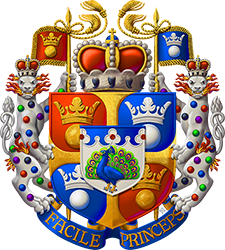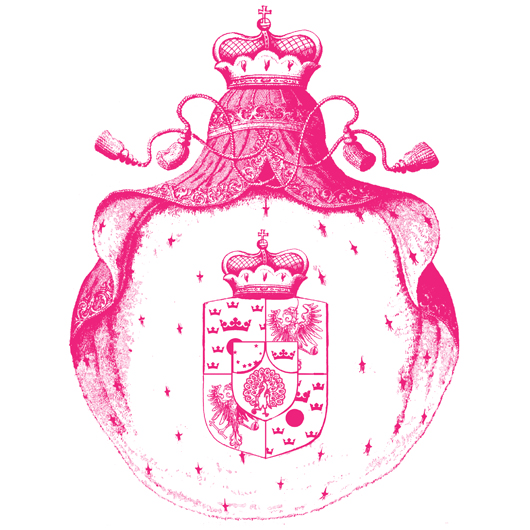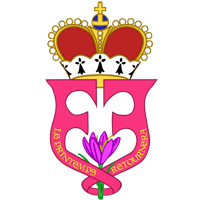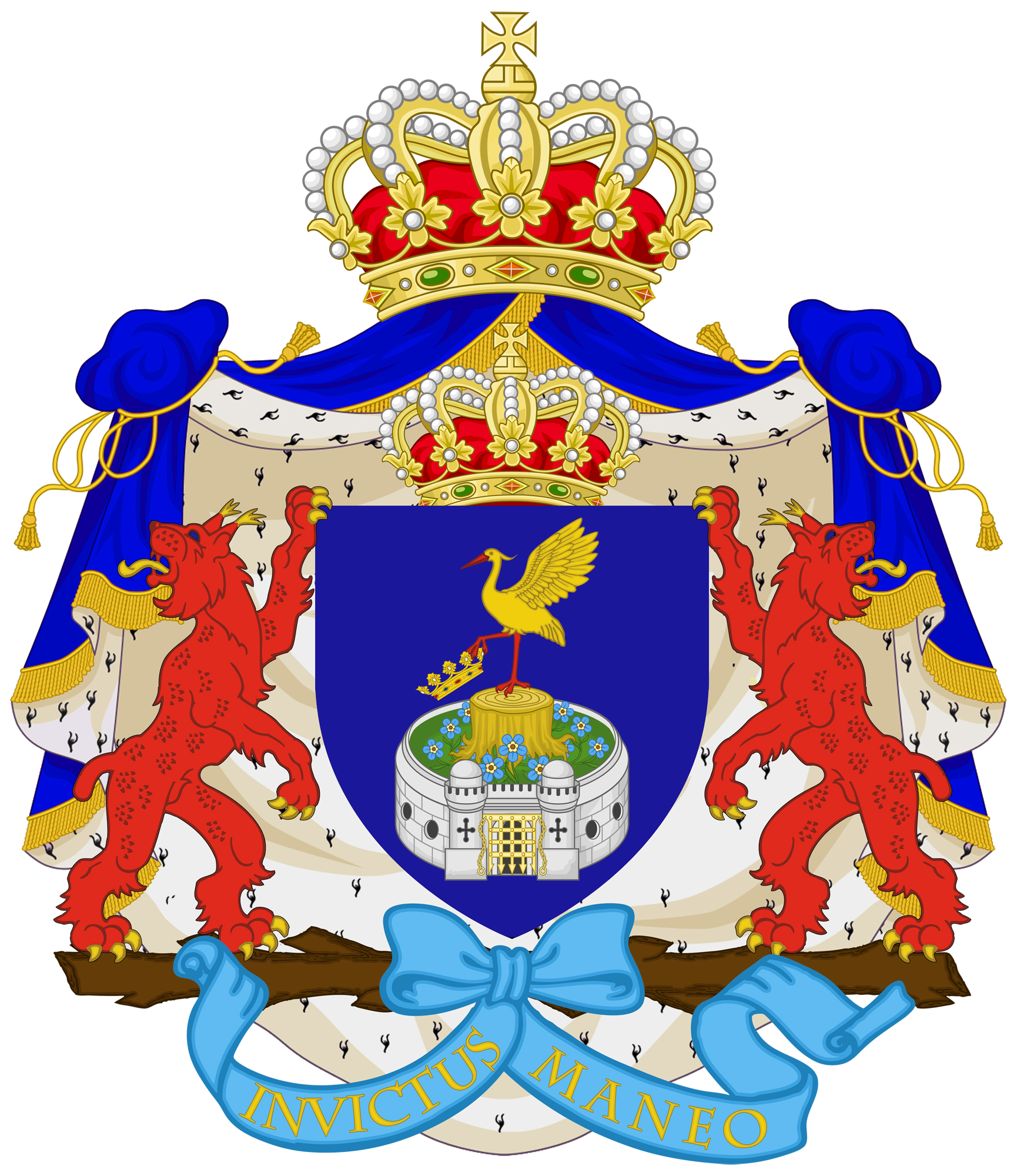Self-fashioning, is a term that was introduced by Stephen Greenblatt in order to describe the process of crafting one’s identity and public role according to social norms. Greenblatt relates how, in the Renaissance era, the nobility was instructed to dress in expensive clothing, to be educated in art, literature, sports, and other culturally determined noble exercises, and to compose himself in an intended manner. It was a two-way flux between self-fashioning and the aesthetic mediums. If creating oneself was an artform, itself dependent on the art and literature of the time, such as the developing etiquette book genre and religious imagery, the outwardly projected, carefully constructed, persona was further solidified in actual art: in the portraiture of the time.
Royals have always strived to stand out from their subjects. The concept of the “individual” is a fairly recent phenomenon and, really, only emperors, kings and princes could possess true individuality. Maybe it isn’t far-fetched to say that the “individual”, midwifed by the humanistic thoughts of the time, was born during the renaissance. Now, for the first time, the self-made man, literally as in an auto-constructed outward persona and as a man who could create his fortune by his own smarts, became an ideal.
So what do I mean when I speak of symbols of self-fashioning? Heraldry provides a long tradition of “family-fashioning”, i.e., a unifying symbol behind which blood relatives can rally and mobilize their economic and political power. A Coat of arms is almost always a family affair that is intended to show the glory and uniqueness of a small collective in relation to other small collectives. Powerful families used inventive heraldic devices to set themselves apart and to show their ambitions to move upwards in the social hierarchy.
Princes are known to use heraldry and flags as the play the game of war: Troupes from both sides display their Prince’s coat of arms to show their loyalty. Using a heraldic device is a tool for legitimization and positioning oneself in the wider eco-system of power and politics. But, while heraldry certainly acts as a large-scale identity marker/ creator, it doesn’t work so well on the micro/ individual level.
Self-fashioning is the process of creating a social self and of taking conscious control of one’s public persona. In our day and age we speak of “image” to describe the celebrity’s, or indeed the individual’s, outward picture of themselves. Clothing, hair and even political views, are used as colors to paint one’s own portrait in the sight of the other. However, very few actually take the step to use symbols as “agents” or “ambassadors” for themselves. A signature color, or a plant or animal that one becomes associated with, would work wonders to create one’s “image”. As such the symbol becomes a “totem” or “herald” of the self. Now, speaking as both performance artist and Prince, I think self-fashioning has an accumulative effect where different layers of symbols add more weight and depth to the persona. Personal symbols are less stable than, for example, family-related heraldic symbols. Personal devices are temporary, fluid, susceptible to change, and they can be layered, adapted and used interchangeably.
My family has used the peacock as their primary symbol for centuries. Indeed it is both in our family coat of arms and in the coat of arms of the micronation called Lorenzburg:
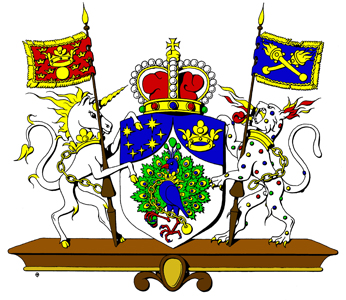
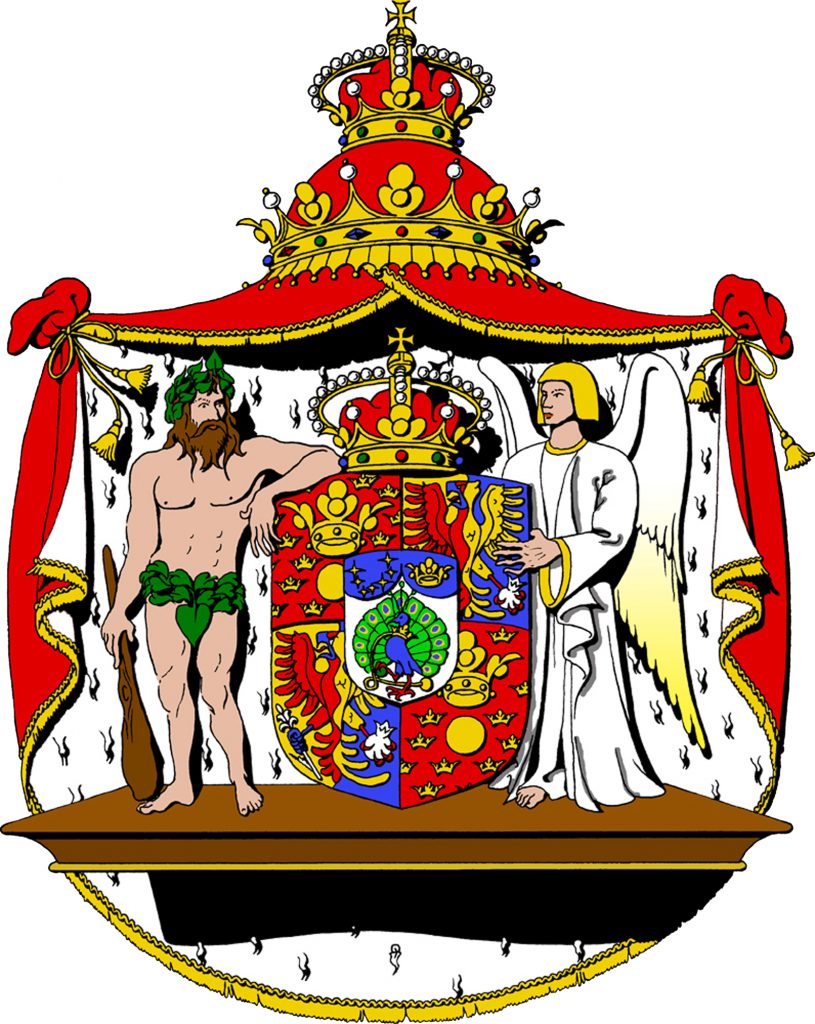
Using the above heraldic devices certainly “says” or “heralds” something about myself and my family. But they don’t confer any “individuality”, indeed, coats of arms are designed to do the exact opposite.
Speaking from a performance artist point of view, the Princely standard, or Sacrivexillum, of Lorenzburg is a better “herald” of the individual acting as the “Reigning Prince” of the micronation:
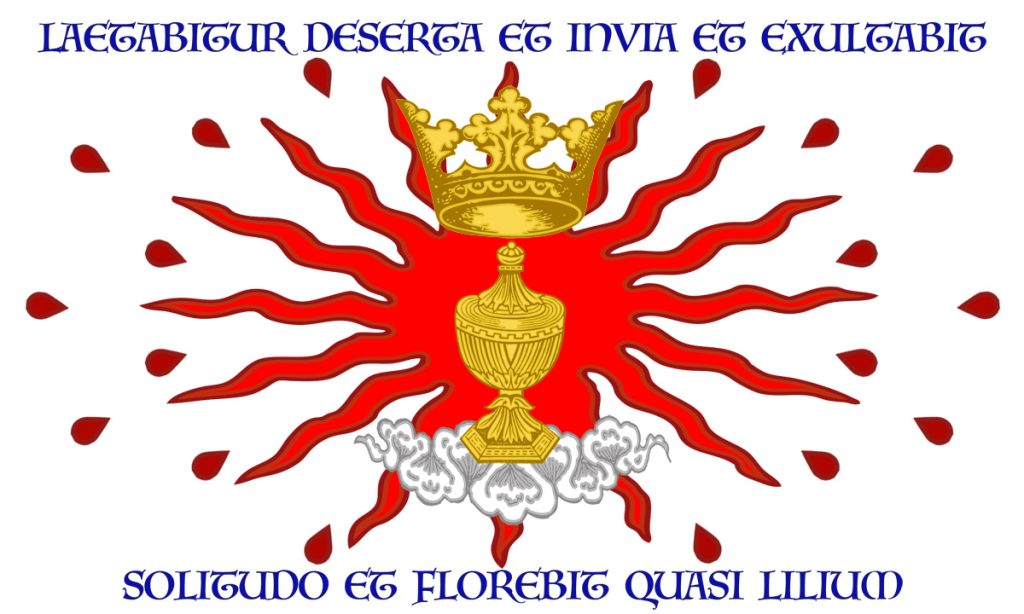
The standard is used as the private flag of the reigning Prince, but it is still a private symbol that is inherited and passed on unchanged.
Better, in terms of signaling individuality, is the use of the “badge” – a temporary symbol pointing to a specific individual. In my own case I have chosen the Crocus crowned by a Princely crown and flanked with the two letters “F” and “P” for “Frei Princeps”. The crocus points to the Princely standard and the text from Isaiah 35: “The desert and the parched land will be glad; the wilderness will rejoice and blossom. Like the crocus.” Even though the crocus is a direct reference to the standard, it is used exclusively by myself as one of several personal heraldic symbols.
The symbol of the crocus, and the motto (and promise) “Spring Returns”, act as my personal envoys in the world. Using them embroidered on clothing, as ornaments on personal effects etc creates a larger sphere of “I” around the person. Naturally this is of primary importance to celebrities and royalty.
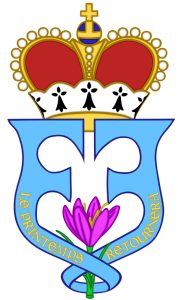
The Princely badge (in blue) of H.S.H. Prince Freï combines the a with the personal motto: Le Printemps Retournera (Spring Returns) and a crocus. I the badge as a decoration wherever/ and whenever I like so spice up things by adding atouch of princely va-va-voom 😉
And, just to be abnoxious, I sometimes a different ultra-pink badge:
Other symbols for self-fashioning may include monograms. As an artist (and prince) I use several different symbols to point to myself (it’s good to be king as they say 😉 ). The different heraldic symbols and flags above are complemented by each other and used, more or less, interchangeably with several different monograms.

As mentioned previously, symbols of self-fashioning have an accumulative effect. By layering heraldic devices, peacocks, crocuses and mottos I can create a more solid sense of the public persona of the Prince of Lorenzburg.
This becomes a rather long-winded article, but the main purpose was to make known to the world that I have adopted the crocus as my badge, and the personal motto “Spring Returns”. Take it, if you will, as an invitation to follow my example.
